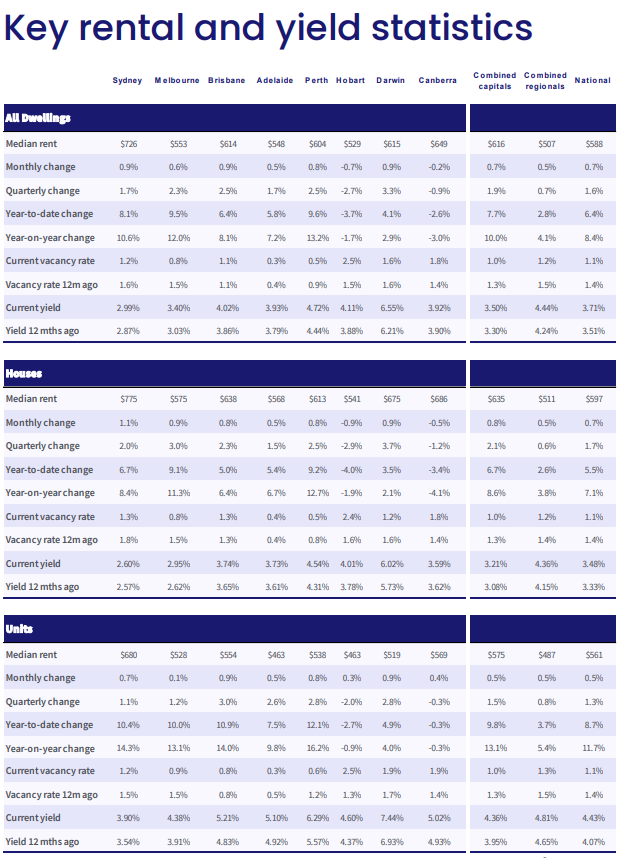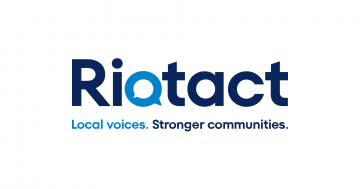
Canberra continues to defy the national trend for rents but they remain the second highest in the country. Photo: Michelle Kroll.
Canberra rents continued to fall in the September quarter, bucking the national trend of 38 consecutive increases that have taken rental values 30.4 per cent higher since July 2020.
CoreLogic’s national Rent Value Index shows overall rents falling by 0.9 per cent in the three months to 30 September, for a median of $649 a week, which is still the second highest in the country after Sydney.
This is down from $669 in the June quarter, which recorded a 1 per cent fall.
Rents for houses fell 1.2 per cent to a median of $686 a week, while for units, there was only a 0.3 per cent dip over the three months. Rents for units rose in September by 0.4 per cent.
At 30 June, houses were just over $700 a week and units $580.
The September figure for houses represents a 4 per cent drop on the same time last year but only a marginal -0.3 per cent change for units.
The most affordable suburbs, all quoting median unit rents, start with Lyons at $468 a week, followed by Chifley ($494 ) and Hawker ($501).
CoreLogic’s top 10 also include the apartment-rich town centres of Gungahlin ($529), Woden (Phillip, $530), Belconnen ($534) and Tuggeranong (Greenway, $536).
Wright, which has a high proportion of high-density housing, is listed at $539 a week.
The least affordable suburb listed is Page in Belconnen, with a median rent for a unit at $599.
The more expensive suburbs, all quoting houses, start with Red Hill at $1036, followed by Deakin ($937) and the new suburb of Whitlam ( ($850).
The Molonglo Valley is one of the most expensive areas to rent a house, with Coombs ($804), Wright ($807) and Denman Prospect ($840) also in the top 10.
The suburb with the cheapest median house rent is Gordon in the south at $720.
Driving the rent falls is the vacancy rate, providing more choice for renters. But it is tightening, from 2.2 per cent last quarter to 1.8 per cent. Reasons range from more new stock and fewer students living off campus to a return to group living, depending on who you speak to.
At 30 September last year, the vacancy rate was 1.4 per cent for both houses and units. But these figures are in stark contrast to the national and combined capitals vacancy rates of just 1.1 and 1 per cent.

Capital city rental data for all dwellings, houses and units. Table: CoreLogic.
CoreLogic said record high net overseas migration, fuelled by an increased flow of new arrivals and weaker departure numbers, and a continued shortfall in rental listings, helped the national vacancy rate fall to a new record low of 1.1 per cent in September.
Over the four weeks to 1 October, total national rental listings fell to their lowest level since early November 2012, with just 90,153 properties available to rent.
“This equates to a rental shortfall of approximately 47,500, with total listings 5.1 per cent below the levels seen this time last year and 34.5 per cent below the previous five-year average,” it says.
Hobart was the only other capital to record rent falls, while nationally, rents rose 1.6 per cent, moderating from a 2.2 per cent rise in June.

Lyons is the most affordable suburb in which to rent. Table: CoreLogic.
In Sydney, Melbourne and Brisbane, shrinking supply hoisted rents 10.6 per cent, 12 per cent and 8.1 per cent respectively over the year to 30 September.
In the last quarter, they rose 1.7, 2.3 and 2.5 per cent respectively.
CoreLogic said worsening affordability was moderating rent growth, and there had been a swing back to houses as more people look to share properties to keep costs down, which has been observed in Canberra.
It said units’ affordability advantage was shrinking as rising rents and cost of living increases priced renters out and forced them to reappraise their living arrangements and find security in numbers.
While unit rents may not have been rising in Canberra over the past year, they are still high, with the median second only to Sydney.




















